Can papaya be used as a substitute for chemotherapy, immunotherapy, or other new research therapies in the treatment of cancer? – By Dr. Harold Gunatillake
Compiled by Dr. Harold Gunatillake-OAM, FRCS, FICS, FIACS, AM(Sing), MBBS(Cey)
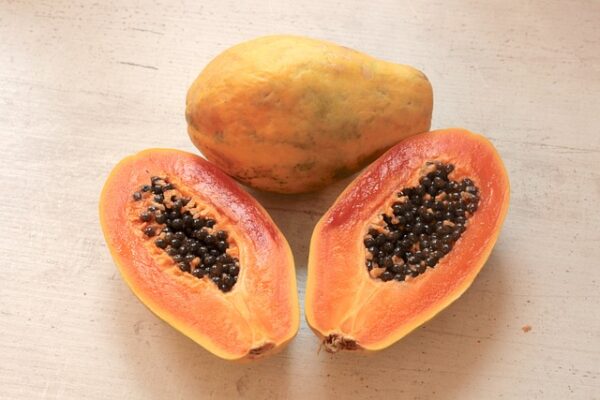
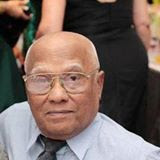 An Email is floating around- In the future, the new treatment method for malignant tumours will no longer be chemotherapy, radiotherapy or surgery, but changing one’s diet to improve the new blood vessels!
An Email is floating around- In the future, the new treatment method for malignant tumours will no longer be chemotherapy, radiotherapy or surgery, but changing one’s diet to improve the new blood vessels!
Great medical knowledge!
A high-quality diet is the natural chemotherapy three times a day.
The following information should be taken seriously: it is simple, easy to implement, and very good! You may need to know that papaya, which is usually easy to obtain, is the king of fruits!
The tomato that the doctor praised was nothing compared to papaya.
Papaya has been selected by the WHO (World Health Organization) as the fruit with the highest nutritional value for two consecutive years; that is, it is the king of fruits!
The nutritional value of papaya is: 1. Calcium: Papaya has 2 times that of apples. 2. Vitamin C: Papaya has 13 times that of apples, 7 times that of bananas, 7 times that of watermelon,
8 times that of cherries, and 1.3 times that of pineapples.
- Vitamin A: Papaya has 10 times that of kiwi, 18 times that of apples, 1.5 times that of guava, 15 times that of banana, 1.5 times that of watermelon, 15 times that of cherries, and 16 times that of pineapple.4. Vitamin K: Papaya has 5 times that of bananas, 2.5 times that of watermelon, and 4 times that of pineapples. Great again! related to eye protection………………………………………………….. 5. Carotenoids, lycopene, B
carotene, lutein, zeaxanthin, etc.: Papaya is 2000 times better than kiwi! Kiwis, apples, cherries, pineapples, bananas, guava, none of these have these ingredients. Great! The above data source is the United States Department of Agriculture (USDA) 2016.
TRUE STORY FROM A PATIENT:- I have been suffering from cancer for 6 years. I have undergone chemotherapy. Some doctors told me to eat more papayas. My gratitude is indescribable; I hope more people can benefit from it!
This email floating around is written by a nonprofessional, stating emphatically that in the future, the new treatment method for malignant tumours will no longer be chemotherapy, radiotherapy or surgery, but changing one’s diet to improve the new blood vessels!
(I wonder why he refers to new blood vessels).
It further says that a high-quality diet is the natural chemotherapy three times a day, and this new finding should be taken seriously and is simple and easy to implement.
Such misinterpreted information may be hazardous when an early-detected cancer patient, without seeking traditional researched therapy, initiates consuming papaya with hopes for a cure.
Cancer is a group of diseases we know that may never be able to cure completely. Still, scientists are optimistic that vaccines, personalised medicine and smart lifestyle choices will help prevent and treat a much more significant proportion of cases than currently.
Many of the risk factors to do with cancer are related to lifestyle, so there are concrete actions people can take to avoid getting cancer.
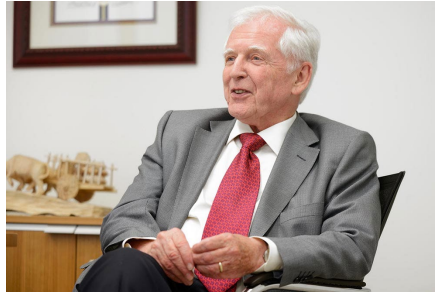
Infections may be linked to cancer. Nobel laureate Professor Harald zur Hausen, Professor Walter Ricciardi and Dr Elisabete Weiderpass –seem to have thoughts on curing cancer. They all sit on the EU’s Horizon Europe mission board for cancer and will help to define a concrete target
for Europe in this area over the next decade.
Nobel laureate Prof. Harald zur Hausen, German Cancer Research Center, Heidelberg, seem to think that infections may be linked to cancer, and preventing such infections may prevent up to half of all cancers.
He further states, “If we can ever cure cancer completely – that is an open question which I cannot answer. We have a good chance of drastically reducing the incidence of cancers, but what we see at present is that the incidence, or occurrence, of cancer is increasing globally”.
The mortality of cancer patients is slightly decreasing, but the decrease in mortality does not compensate for the increase in incidence. There are still a large number of cases coming up every year, and if we want to do something against cancer in the future, we need to stop the increase.
We know several cancer risk factors can be avoided. At this moment, we also learn that 20% of cancers involve infections. We can not only effectively immunise patients against these types of cancer but virtually eradicate it, in particular, Hepatitis B (a cause of liver cancer) and Human Papillomavirus (which Prof. Zur Hausen discovered is linked to cervical cancer), where we have vaccines that are presently available, the professor said.
Professor further said, we recently discovered a new class of infectious agents originating from plasmids. Plasmids are mini chromosomes of bacteria that exist in many colon cancer patients. These infections can persist for decades, causing chronic inflammation, the leading cause of oxygen radicals and mutation events in cells vulnerable to cancer development.
The biggest challenge is to develop more basic research and put more emphasis on preventative measures to block the incidence of cancer occurrence, avoiding the precursor lesions of cancer with surgical interventions. We need to improve the treatment protocol for the curing of cancers. And we need to devise some methodology to reach long-term protection of patients for a lifetime.
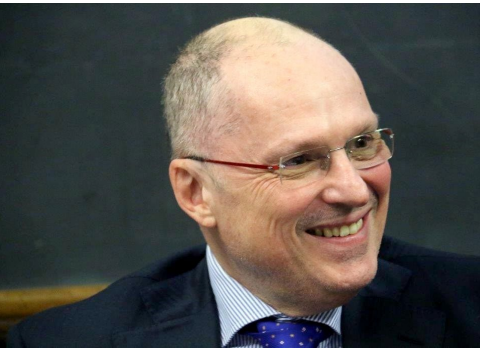
Prof. Walter Ricciardi, Università Cattolica del Sacro Cuore, Rome, Italy, believes that Digital technology can help us find more precise ways of tackling these diseases.
He further said we have the possibility via digital technology today to take a lot of data that, in
principle, could be related to genome sequencing since, as far as we know, there are some cancers that are genetically determined. We understand that the majority are related to five factors, four of which are behaviours – alcohol use, tobacco use, eating too much, and not doing enough physical activity, as well as pollution. Digital technology can incorporate a lot of data, going from the very general to the specific characteristics of a single person.
Immunotherapy (where the patient’s immune system is stimulated to attack the cancer) has also been achieving incredible results. In the past, some cancers like lung cancers or metastatic melanoma were impossible to treat, where now we have the possibility to really treat them and, in some cases, to have a substantial solution to the disease. I think we can be optimistic also on this front.
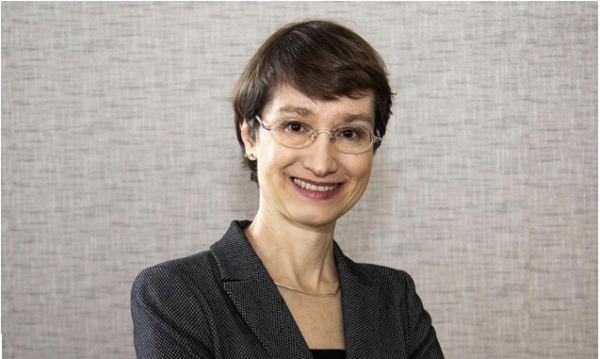
Dr Elisabete Weiderpass, International Agency for Research on Cancer, World Health Organization, Lyon, France, said that cancer is a family of diseases.
There are over a hundred different
cancer types. Some types are curable, and indeed are being cured, mainly when they are detected earlier and in rich countries, while other types we just don’t know how to cure.
For some cancer types, let’s say early-stage breast cancer, testicular cancer, and some types of leukaemia, we already know ways to diagnose it relatively early, as well as ways to treat it extremely effectively.
There have been significant advancements in the treatment of some types of cancer, but unfortunately, there are still some types that we are struggling to find effective solutions for.
Prostate cancer is a common type that we are still trying to understand better. Currently, there are no reliable screening tools available to detect it early, and we don’t know how to differentiate between slow-growing and aggressive types. This presents a significant public health challenge, especially since prostate cancer affects a large number of men.
In summary, while papaya may be helpful as a supplement due to its antioxidant properties, there is no definite cure for cancer yet, and more research needs to be done.
Incidentally, walking seems to fight cancer. Taking 8,000 steps a day was linked with a 51% lower risk of death from any cause compared with taking 4,000 steps a day.
Taking 12,000 steps a day was linked with a 65% lower risk than taking 4,000 steps a day.
End







